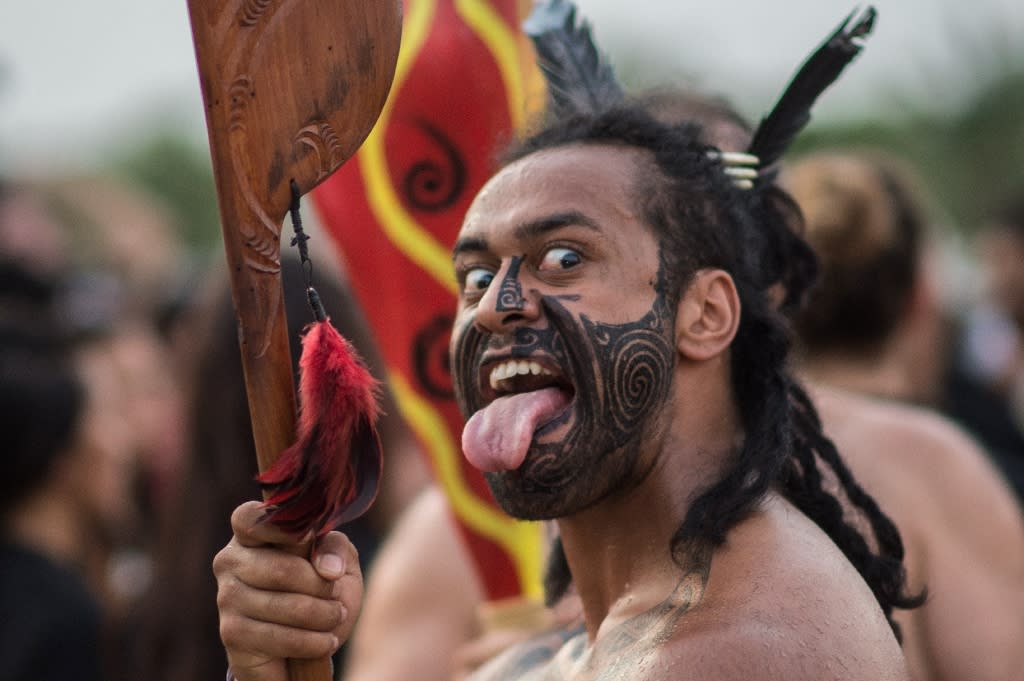

For ceremonial use the, symbols were also painted onto the bodies of dancers who performed the stories, and this strengthened the associations between the people and the timeless stories of the creation of their lands. Traditionally, symbols of the Dreamtime events were created on cave walls, carved into timber or stone, on the desert floor, and on their bodies with the use of body paint.ĭreamtime art focuses on ancestors who travelled the land and created important sites in the landscape. Most symbolism in Aboriginal art focuses on the Dreamtime, which is the period in which Aboriginal people believe the world was created. The contemporary art of central Australia is, however, detached from these limitations and uses more colors and symbolic elements. In fact, dot paintings on canvas only first emerged in the 1970s.Īnother region, Arnhem Land features a much more figurative style, with more realistic looking representations of people and animals.Įach Aboriginal nation or tribe developed their own distinct symbolic artistic language. Although extremely prevalent in Aboriginal Art galleries today, dot paintings are not the traditional artistic style of all Aboriginal peoples. The characteristic patterns of central desert Aboriginal Art, such as their iconic dots and concentric circles illustrate stories of the Dreamtime. The term X-ray art was initially used because the paintings of figures, animals, birds and fish depicted their internal organs as well as their external features.

Many of these stylistic differences are specific to the region and date of the art’s creation.įor example, X-ray paintings and images of spirit ancestors were found in ancient rock paintings in northern Australia.

Aboriginal Artistic StylesĪlthough styles of Aboriginal Art can vary from artist to artist, there are several distinct styles that can easily be identified. Artists have their own stylistic and technical approach through their usage of spatial composition, color and symbols used. Within Aboriginal Art, artists put together groups of symbols as their way of telling a story. Symbols can fluctuate slightly between different language groups, and between different artists and family clans.įurthermore, a painting may have several levels of story depending on whether the story is being told to children, newcomers, or elders. The meaning of the symbols found in Aboriginal Art can change depending on the context of the story and can vary from region to region. These ancient symbols can be seen in their rock paintings, cave paintings, body paint, ceremonial clothing, and sand painting. They are also used to depict various stories and are still used today in contemporary Aboriginal Art. Symbols are used by Aboriginal people in their art to preserve their culture and tradition. The use of symbols is an alternate way to write down stories of cultural significance, teaching survival and use of the land. A very important aspect of this art is the use of symbols. The presence of Australian Aboriginal Art can be found over 30,000 years ago. But because Australian Aboriginal people do not have their own written language, the use of many common symbols or iconography in their artwork allows the tradition of storytelling to exist. It has allowed customs and beliefs to continue over time-and not just for Aboriginal people. The tradition of passing information through art is a universal.


 0 kommentar(er)
0 kommentar(er)
